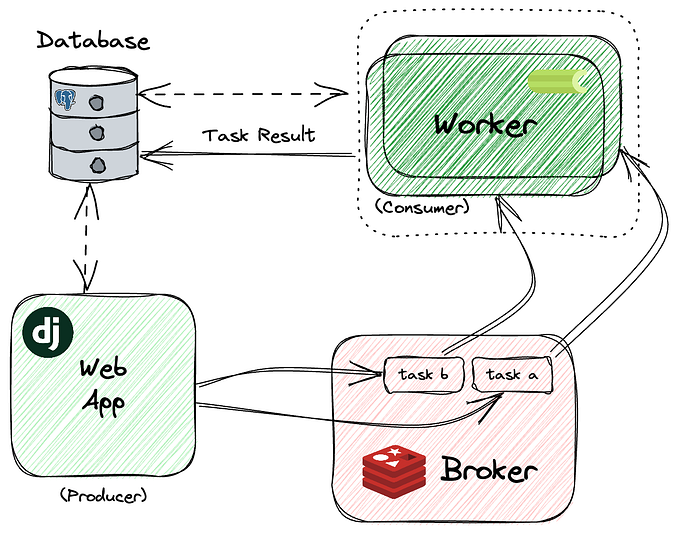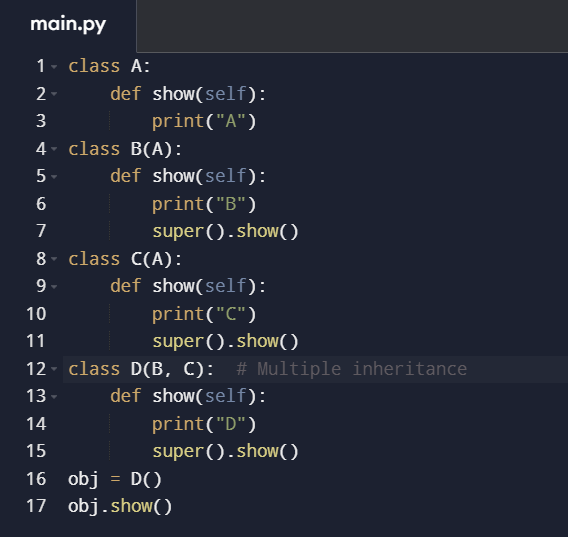Member-only story
Python HOW: Migrate Prodigy Database to MySQL or PostgreSQL Using Python
Learn how to save Prodigy annotations in a remote database for collaborative annotating

Prodigy is developed by Explosion AI, the folks behind spaCy, so it integrates with it organically 🍻. This article describes in detail how to migrate the default local SQLite database schema into a remote MySQL or PostgreSQL database
Default Database 📍
The first time you run Prodigy, it will create a folder names .prodigy in your home directory with 2 files:
By default, Prodigy looks for its configuration in prodigy.json which has the default database "db": "sqlite”. So, by default, annotations are saved in the SQLite database prodigy.db. This is great to start labelling your data straight away without having to worry about where to save them
Remote Server 🌍
If the task requires multiple annotators, or you want to save your annotations on a remote MySQL or PostgreSQL server, you…








